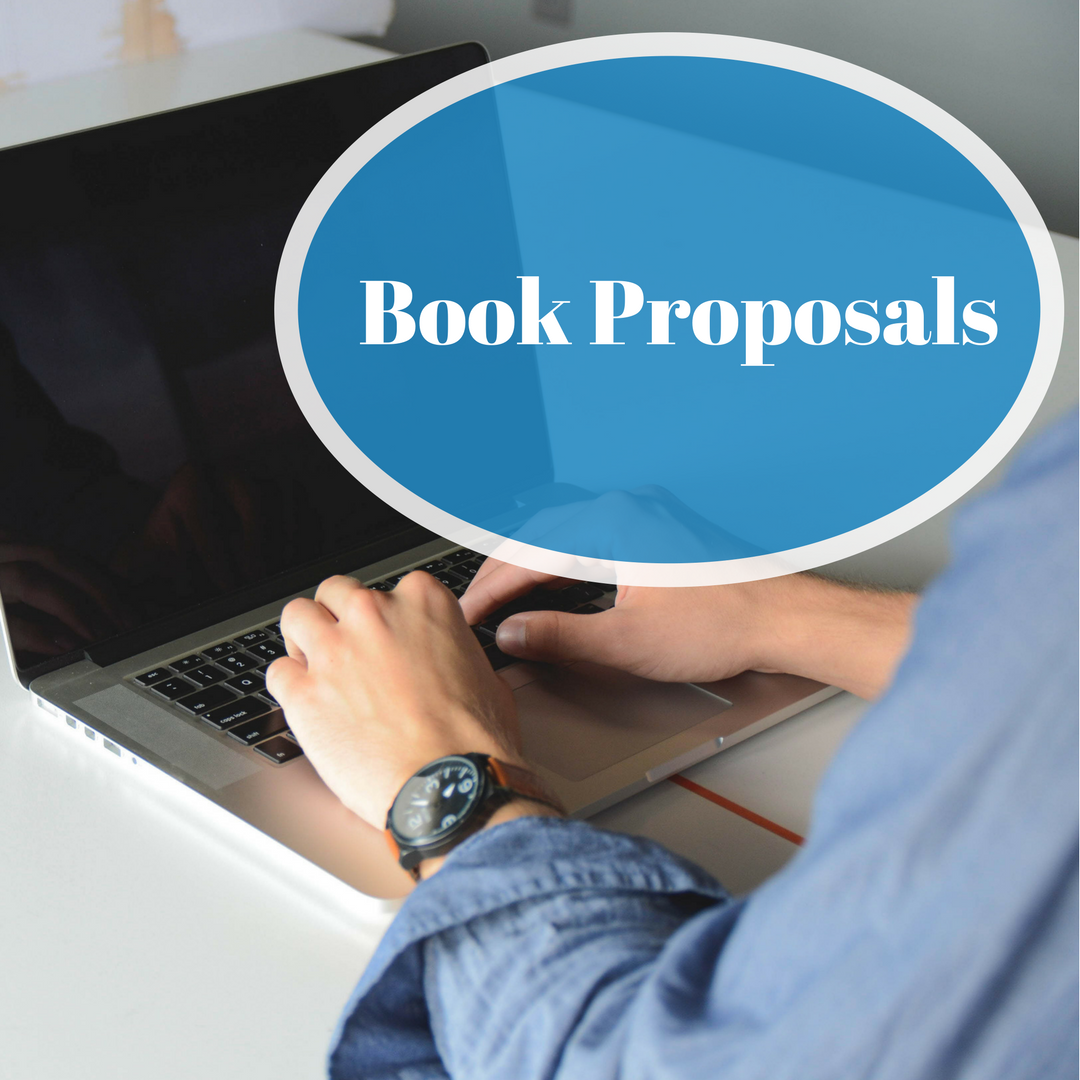For decades, I’ve been an editor meeting with authors and reading their book submissions. Many of these submissions are missing a foundational element: a specific target audience. I’ve read numerous book proposals which proclaim, “My book is for everyone.”
While I’ve written and published many books for traditional publishers, I’d love to write a book for “everyone.” Yet that has never happened. If I am honest, no book is for everyone. Yes, some books reach a broad segment of the reading public, yet every successful writer has a specific target audience. There is an old saying,
“If you aim at nothing, you will be sure to hit it.”
Recently I received an excellent, well-crafted proposal from a business writer. She knew her target reader and was reaching this reader through her on-going marketing efforts (online and in print). While her concept and presentation was fresh and interesting, this author also knew how to test her audience and get feedback. From this testing data, she knew the concepts and stories in her book would meet a reader need. A
proposal where the writer has identified a primary, secondary and tertiary audience is including this foundational material that will attract attention from literary agents and publishers.
In contrast, I’ve also read a proposal from a children’s book author who picked a large age group for their target audience (3 to 12). From the target, I knew this writer had no concept of a particular reader and it showed throughout the pitch.
In particular, children’s books are a segmented market with the words and illustrations targeted to a specific audience. Just walk into any brick-and-mortar bookstore and take the time to study the children’s section. The sections and divisions are clearly marked and are segments every bookstore and library use to divide these books.
While your book may eventually reach more than one target, the proposal needs to be aimed and written to one audience. While literary agents and editors are looking for writers with a target, they also are looking for authors with the ability to reach their target audience. You can reach your target through social media but also an email list, magazine articles, regular speaking, and many other methods.
This audience connection is often called a platform and every writer (fiction or nonfiction) needs to be actively building their audience. I have a free ebook, Platform-Building Ideas for Every Author at: http://terrylinks.com/pb The identification of your audience is the foundation of every book proposal.

Imagine an archery target. You will have a primary audience (the bullseye) but you will have secondary readers as well (the other circles). The aim and focus of your proposal need to be your target reader. Follow this foundational proposal principle to make your submission standout.

W. Terry Whalin, a writer and acquisitions editor lives in Colorado. A former magazine editor and former literary agent, Terry is an acquisitions editor at Morgan James Publishing. He has written more than 60 nonfiction books including Jumpstart Your Publishing Dreams and Billy Graham. Get Terry’s newest book, 10 Publishing Myths for only $10, free shipping and bonuses worth over $200. To help writers catch the attention of editors and agents, Terry wrote his bestselling Book Proposals That $ell, 21 Secrets To Speed Your Success. The revised and updated edition will release October 5th. Check out his free Ebook, Platform Building Ideas for Every Author. His website is located at: www.terrywhalin.com. Connect with Terry on Twitter, Facebook and LinkedIn.





No Comments